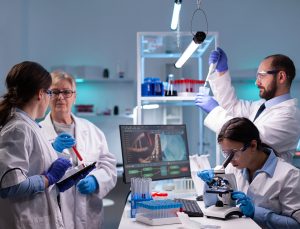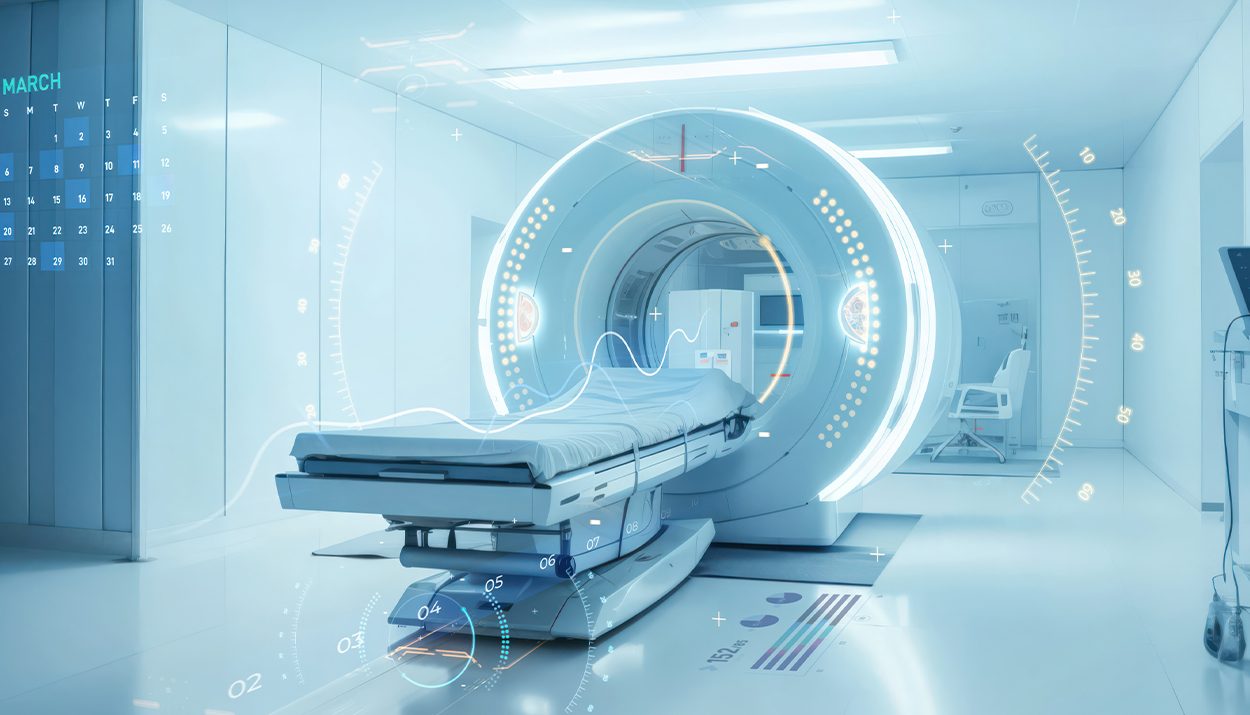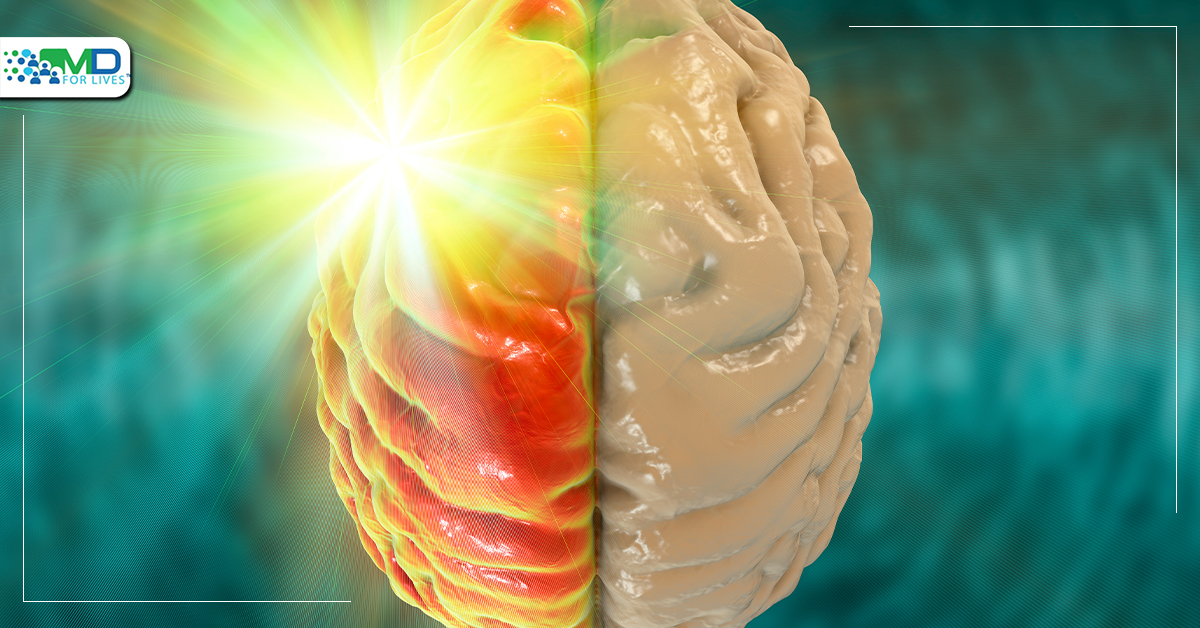Have you ever wondered how a group of specialists minutely assesses medical samples to generate crucial insights regarding your health condition–from the moment the sample fluid is collected to the moment you get the final diagnostic report? With a keen eye for detail and deductive reasoning for every test result, medical laboratory professionals are nothing short of detectives behind your diagnosis.
They keep the wheels of healthcare running behind the scenes, analyzing bodily fluids, tissues, and cells to provide crucial medical information to physicians and other healthcare professionals, which ultimately helps them provide the best possible healthcare plan.
As we gear up to celebrate National Medical Laboratory Professionals Week 2024 (April 22nd – 28th), let’s shine a spotlight on these unsung healthcare heroes and explore how their work in the laboratories can be improved – not only to make their lives easier but also to benefit the healthcare industry as a whole.
STREAMLINING THE WORKFLOW OF MEDICAL LABORATORY PROFESSIONALS
Here are some of the strategies that medical laboratory professionals–the detectives behind your diagnosis–can adopt at each stage to streamline and improve their overall workflow:
Standardized Sample Collection
Standardized procedures and clear protocols for sample collection across all departments are the first steps to ensuring consistency and reducing errors. In addition to being trained on appropriate sample collection techniques, including specimen identification, labeling, and handling, laboratory staff can be equipped with standardized sample collection kits with all necessary supplies to minimize the risk of missing or faulty materials.
Implementing technology solutions, including barcode systems for specimen identification and tracking, can automate and standardize many manual tasks. Laboratories should also regularize electronic documentation to reduce paperwork errors and accelerate consent documentation.
Improved Handling and Transport
Medical laboratories can switch to better packaging materials to maintain sample integrity during transport. These include leak-proof containers, temperature-controlled packaging for sensitive samples, and biohazard bags for specimens requiring containment.
Efficient logistics systems for transportation, whether through reliable partnerships with courier services or optimized internal transportation, can minimize delays and ensure timely delivery of samples or specimens to the laboratory. Electronic labeling and real-time monitoring are also helpful in maintaining traceability and visibility throughout the sample handling and transporting.
Enhanced Sample Preparation
With robotics making its way into laboratories, it has the potential to revolutionize the sample preparation process. It can automate multiple tasks in the laboratory, including sample aliquoting, centrifugation, and sample transfer, freeing medical professionals from mundane, repetitive processes and allowing them to allocate more time for complex tasks.
These systems can operate around the clock, increasing throughput and reducing turnaround times. Also, integrating the automation systems with LIMS can streamline data management and result reporting, improving communication between different stages of the testing process and eliminating the risk of delays.

Optimized Analytical Testing
The core focus of integrating digital technologies into lab workflows is improving the precision and accuracy of testing methodologies across various disciplines. It makes analytical testing the prime area of interest for medical professionals looking to incorporate the latest innovations in the industry.
Hematology: Automated hematology analyzers quickly analyze blood samples to provide detailed information about cell counts, size, and morphology, aiding in diagnosing various blood disorders. The streamlined identification and classification of blood cells reduces the need for manual microscopic examination and improves accuracy. If individual cells have to be analyzed based on their physical or chemical characteristics, flow cytometers can be used to diagnose leukemia and lymphoma quickly.
Microbiology: Polymerase chain reaction (PCR) and next-generation sequencing (NSG) technologies allow for the rapid and accurate identification of pathogens, even in low concentrations, facilitating quicker diagnosis and targeted treatment. These systems can process and incubate samples, detect microbial growth, and perform susceptibility testing, significantly reducing turnaround times for identifying infectious agents and determining appropriate antibiotics.
Medical professionals in the laboratory can also implement matrix-assisted laser desorption/ionization time-of-flight (MALDI-TOF) mass spectrometry, which enables rapid identification of bacteria and fungi based on their protein profiles.
Immunology: Advances in immunoassay technology have led to the development of highly sensitive and specific assays for detecting antibodies, antigens, and immune system proteins. Multiplex immunoassays, for instance, can detect multiple analytes in a single sample, providing comprehensive immune profiling and reducing sample volume requirements and assay time. These assays allow diagnosing and monitoring autoimmune disorders, allergies, and infectious diseases.
Molecular Diagnostics: Next-generation sequencing (NGS) technologies offer high-throughput sequencing of DNA and RNA, facilitating comprehensive genomic analysis, mutation detection, and gene expression profiling, particularly in cancer diagnostics and personalized medicine.
Concurrently, Digital PCR techniques offer precise quantification of nucleic acids, even at low concentrations, enhancing the sensitivity and accuracy of molecular diagnostic tests for infectious diseases, genetic disorders, and cancer. If lab professionals are looking for rapid and precise detection of nucleic acids, they can use CRISPR-based diagnostic platforms. By leveraging programmable RNA-guided nucleases, they can facilitate simplified and cost-effective molecular diagnostics.
If used skillfully, these technological advancements in laboratory medicine can set new standards in diagnostic accuracy, turnaround times, and efficiency, ultimately enhancing patient care and outcomes.
Quicker Data Collection and Interpretation
Medical professionals in the laboratory have the power to make substantial discoveries about your health from just a specimen. However, it all comes down to their ability to convey these findings to the respective physician without missing critical details.
Before this, however, the data needs to be collected from various instruments and sources within the laboratory. This process can be made easier by integrating the laboratory equipment with a centralized data management system that uses standardized data formats and terminologies, leading to easier interpretation of the medical information.
Augmenting this system with machine learning can take it one step further, where patterns, trends, and anomalies in large datasets can be identified in a matter of minutes rather than hours or days. These insights can be visualized through graphs, charts, and dashboards, making complex data easier for healthcare providers and patients to interpret.
Accessible Reporting
Once a medical report is prepared, it has to reach the physician–and through them, the patient. Technology has opened up new ways for sharing medical reports in the shortest possible time, and one of these ways is through the implementation of online portals, where both physicians and patients can access their results. In addition to enhancing patient satisfaction, this reduces the burden on administrative staff, who would otherwise have to convey the results manually.
CONCLUSION: REVOLUTIONIZING HEALTHCARE BY DIGITIZING LABORATORIES
This National Medical Laboratory Professionals Week 2024, as we celebrate the detectives behind your diagnosis, let’s acknowledge the advantages of incorporating technology and making the lives of medical professionals easier in the laboratory.
The acceleration of processes, reduction in errors, and enhancement in reporting will not only enhance the overall laboratory workflow but also lead to improvements in patient outcomes. Despite high initial investments, the digital transformation of medical laboratories will pave the way for significant cost savings in the long term, taking us one step closer to the next healthcare revolution.
Medical laboratory professionals interested in sharing their professional experiences and insights can register with MDForLives. Our platform allows medical laboratory professionals, healthcare providers, and patients to participate in paid medical surveys tailored to their expertise.
They can also share case studies, articles, and blogs at collaboration@mdforlives.com for an additional source of income!
References:
- GPT-4 Matches Radiologists in Detecting Errors in Radiology Reports
www.rsna.org - Deadly Pathogens, Transformative Technologies, and Protracted Pandemics: Challenges and Opportunities in Laboratory Medicine
www.myadlm.org - Next-generation sequencing in laboratory medicine
www.mlo-online.com
A. Royden D’Souza is a professional writer with over 5 years of experience in the healthcare industry. He holds an engineering degree and has worked with several brands to meet their content requirements. He is passionate about writing engaging content for healthcare professionals, allied healthcare professionals, and nurses.






